From Prayer to Cocaine: Old Methods of Curing Depression
Disporting there like any other fly;
Nor deem’d, before his little day was done,
One blast might chill him into misery.
But long ere scarce a third of his pass’d by.
Worse than adversity the Childe befell;
He felt the fulness of satiety:
Then loathed he in his native land to dwell,
Which seem’d to him more lone than Eremite’s sad cell.
— Childe Harold’s Pilgrimage, by Lord Byron
Laxatives and Philosophy
The word ‘melancholia’ (the term ‘depression’ was introduced much later) comes from the Greek language and literally means ‘black bile’. Both the term and its first definition were coined by Hippocrates: “If a fright or despondency lasts for a long time, it is a melancholic affection.” Hippocrates claimed that if fear and sadness don’t pass and do not have worldly causes, they come from black bile. He also described other symptoms: despondency, insomnia, irritability, anxiety, and sometimes — aversion to food.
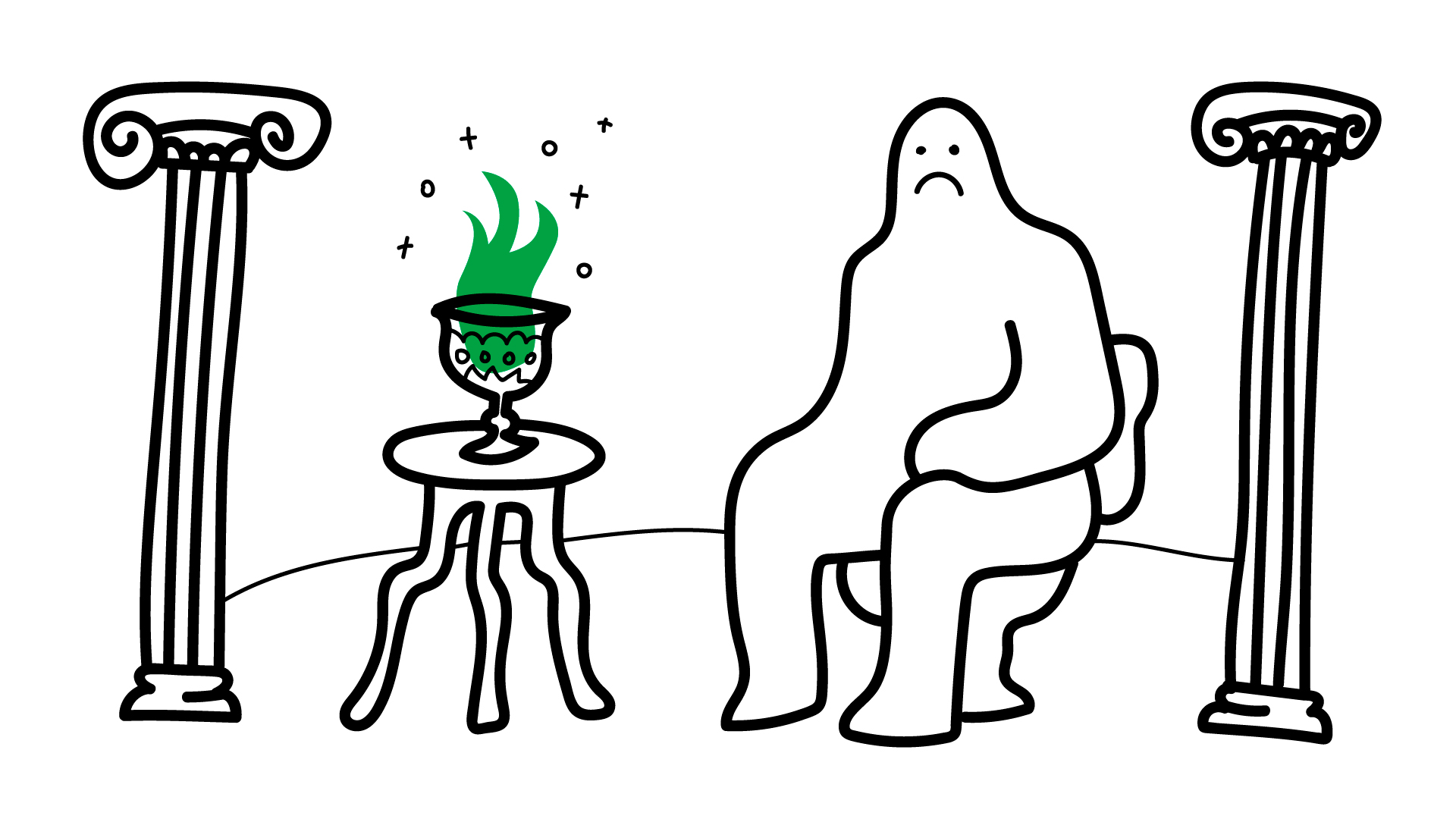
Hippocrates offered to cure the ailment by means of a special diet and an infusion of herbs that would have a laxative and emetic effect and thus clear the body of black bile. “Such a patient should be given hellebore, his head should be cleared, and then given medicine to purge the bowels, followed by prescribed donkey milk. The patient should eat very little if he is not weak; the food should be cold and aperient, nothing acidic, salty, oily, or sweet. The patient should avoid wine and limit to water; if not, wine should be diluted with water. There is no need for gymnastics or walks.”
Socrates and later Plato were Hippocrates’ opponents on the issue. They considered his approach too mechanical and claimed that melancholy should be cured by philosophers (Hippocrates, in his turn, argued that everything that philosophers write about natural sciences has as much relation to medicine as it has to art). Apparently, in our day Hippocrates would advocate for antidepressants, while Plato and Socrates — for psychotherapy.
Labor and Prayer
Philosophers of the Middle Ages were much stricter about melancholy than the beautiful Greek souls: in those times, despondency was officially considered a mortal sin. The theologian Evagrius Ponticus writes the following about it: “The demon of acedia — also called the noonday demon — is the one that causes the most serious trouble of all. He presses his attack upon the monk about the fourth hour and besieges the soul until the eighth hour. First of all he makes it seem that the sun barely moves, if at all, and that the day is fifty hours long. Then too he instills in the heart of the monk a hatred for the place, a hatred for his very life itself, a hatred for manual labor. He leads him to reflect that charity has departed from among the brethren, that there is no one to give encouragement.”
Hildegard of Bingen — a nun, an Abbess, an author of mystical books and works on medicine — blames melancholy even for Adam’s fall into sin: “…when the brightness in him was extinguished, melancholia coagulated in his blood, from which sadness and despair arose within him, since the devil kindled the melancholia in him which henceforth provides man with doubt and incredulity.”
It was believed that despondency arises from excessive idleness. Accordingly, you would need to just occupy the patient with physical labor and prayer, so that there was no spare time for unrelated thoughts.
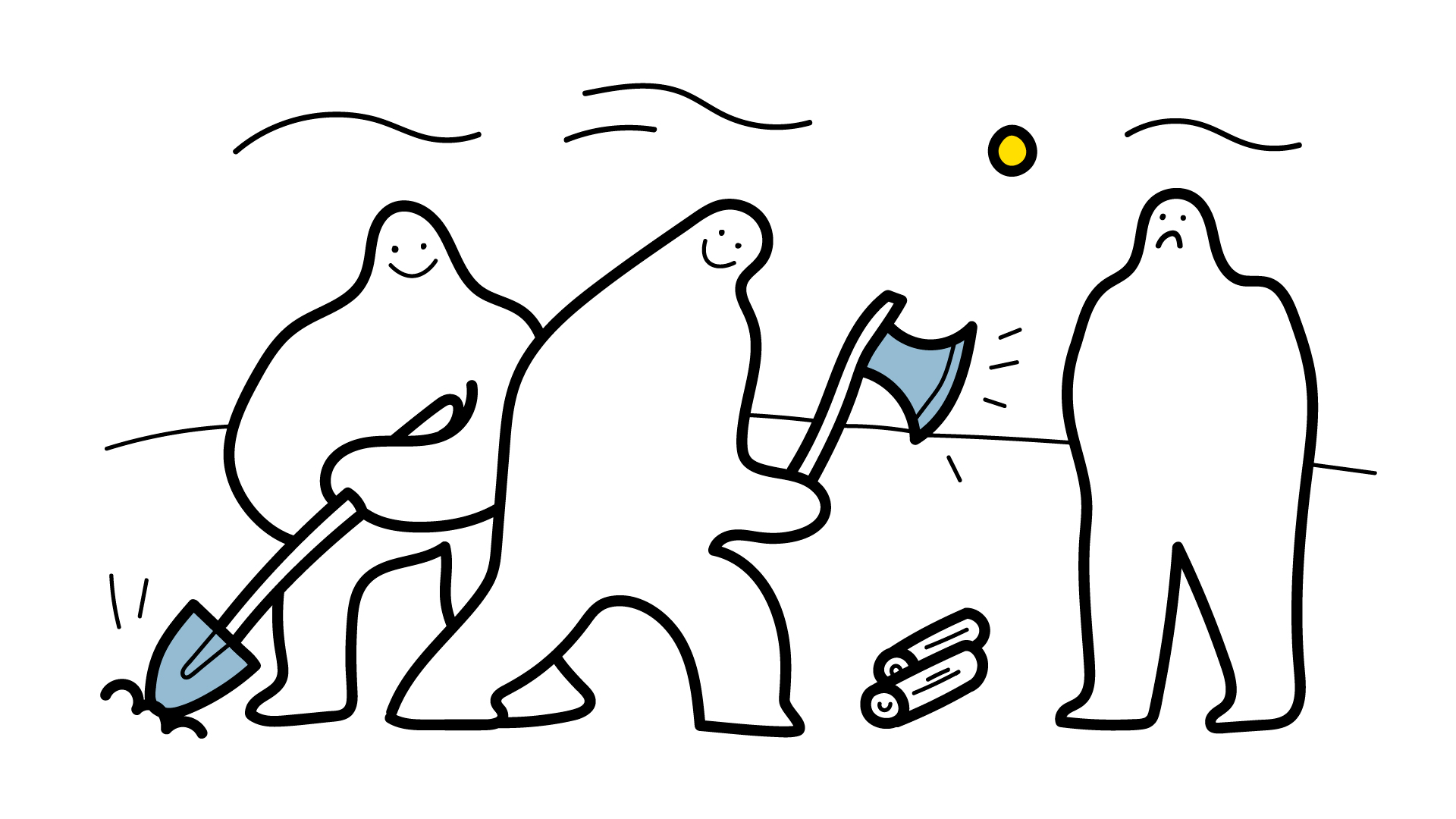
Moderation in Food and Sex
In 1621, English prelate Robert Burton published his 900-page work, The Anatomy of Melancholy. He also explained the ailment with ‘black bile’ (which was still a leading suspected cause of depression at the time) and says that everybody is susceptible to it, “but fools and stoics, which are never troubled with any manner of passion.”
Burton classifies the causes of melancholy in detail, dividing them into supernatural (divine or diabolical intervention) and natural; inborn (disposition, hereditary diseases or ‘wrong’ conception — for instance, under the influence of alcohol or on a full stomach) and acquired; inevitable and not.
As a cure, Burton suggests limiting the consumption of meat and dairy products and giving up cabbage, roots, legumes, fruit, and spices, hot and sour food, anything too sweet or too salty and all complicated, aromatic foods. Burton also advocates for balance in sex life: he claims that with excessive sexual abstinence the accumulated semen turns into black bile and drives you nuts, but lack of restraint in sex cools and dries out the body. In this case, he says that moisturizing remedies may help: he describes an example of a newly married man who got married in a hot season, and who after a short time, grew melancholic and even crazy. We are left to wonder what he means under ‘moisturizing remedies.’
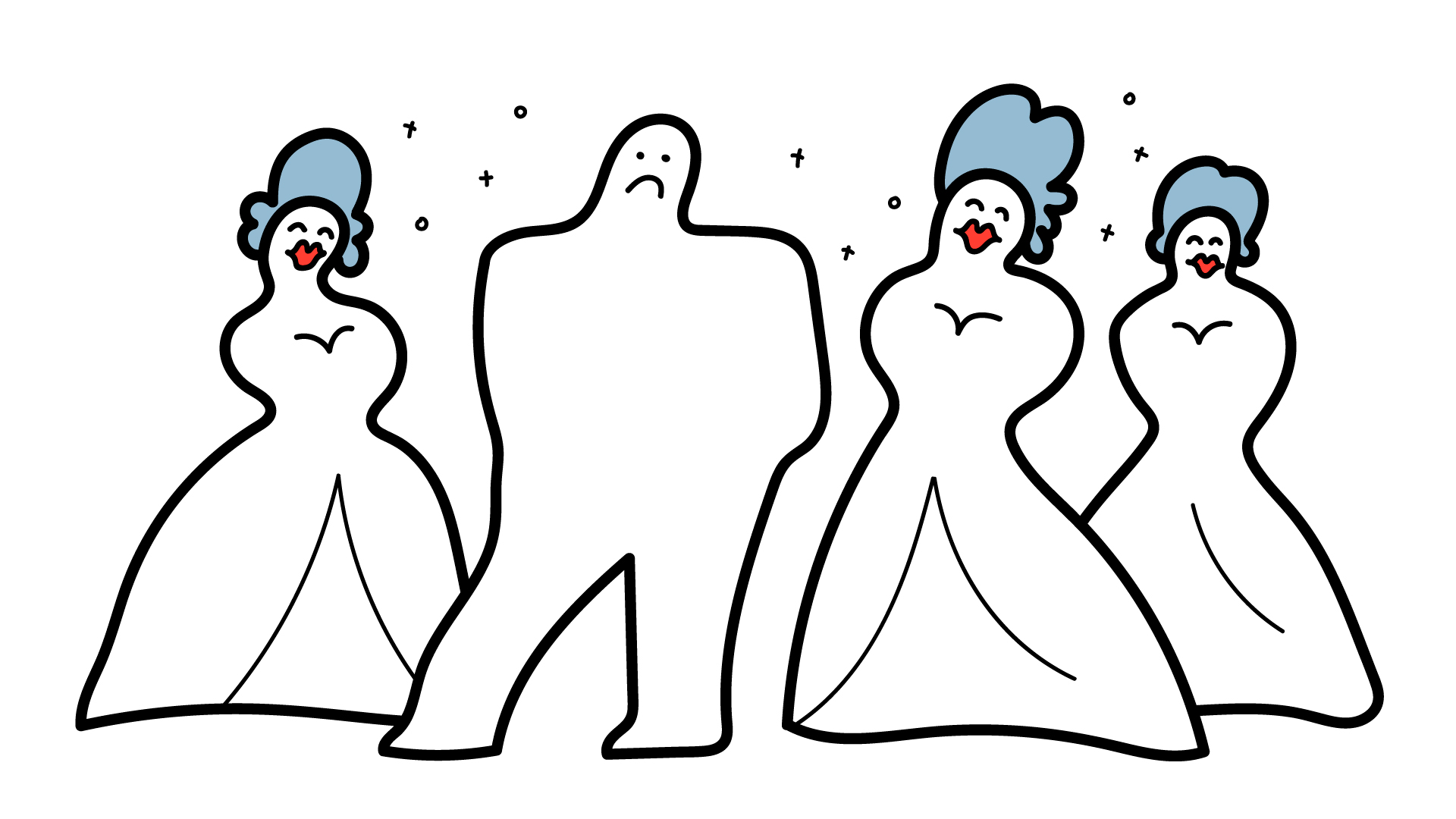
Theater and Sunbathing
With time, people start to consider melancholy a disease of ‘privilege’, typical for aristocrats and people who perform mental labor. For instance, Marsilio Ficino, a Renaissance thinker, directly links melancholia with excessive spending of the ‘thin spirit’ as a result of intense intellectual activity. He offers to replenish the ‘thin spirit’ with fragrant wines, sunbathing, special music, and theatrical performances. Later, melancholy will even become fashionable, which is easy to notice in world literature: both prose and poetry are filled with languid characters who are tired of life.
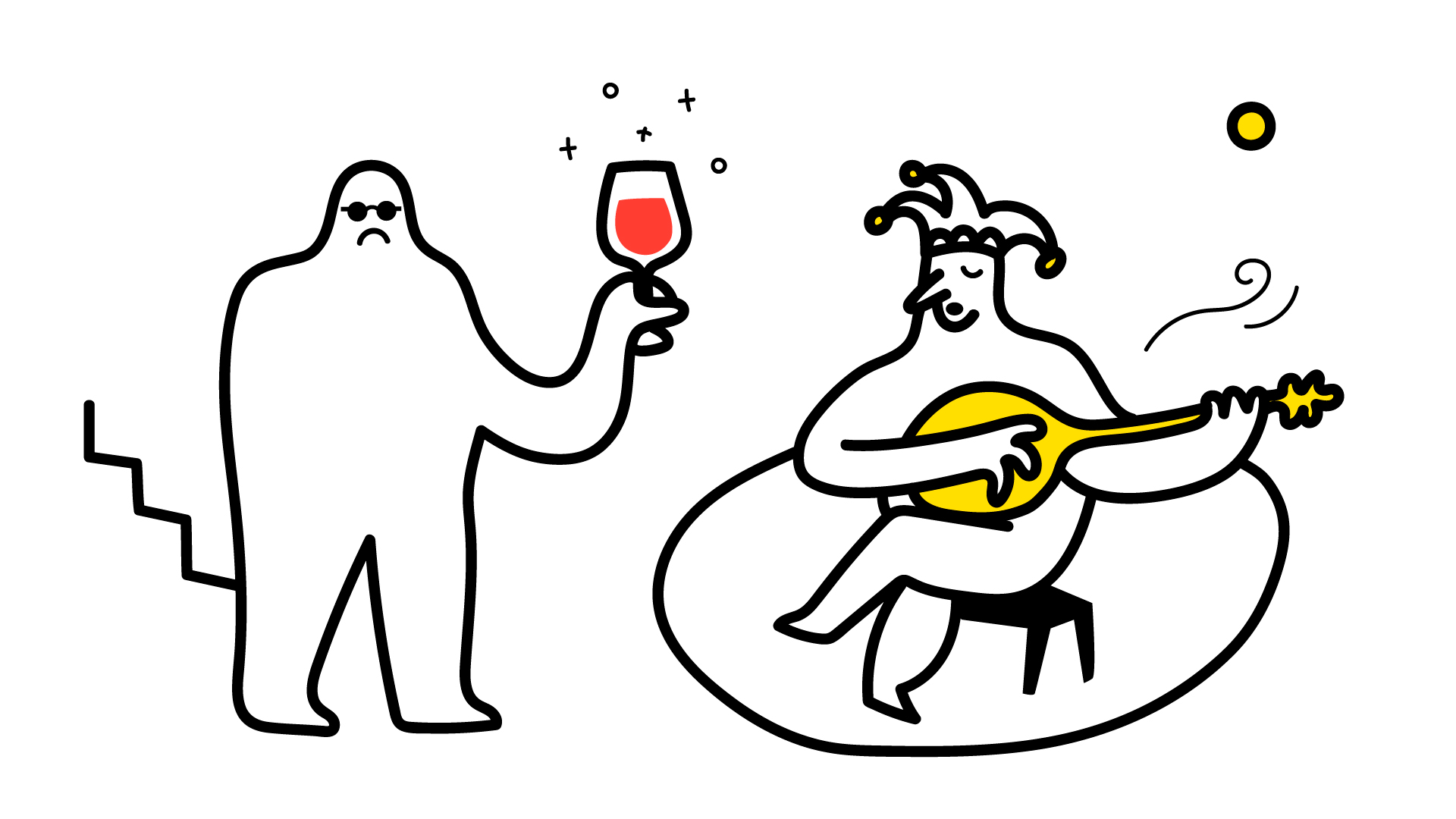
Centrifuges, Scabies, and Cat ‘Serenades’
Meanwhile, ‘serious’ medicine developed a new explanation for melancholy, according to which spleen was caused by dysfunction in nervous fiber. This theory gave rise to a series of bizarre techniques aimed at using the electric current to direct ‘electricity’ in the body of the patient along the right path. Poor patients were centrifuged, flogged with nettles, had dozens of buckets of ice water poured on them or submerged in the ice bath ‘until the first signs of drowning’. The most daring doctors gave their patients scabies or lice, trying to provide them with more external stimulation.
The most exotic remedy must have been a ‘cat organ’ — a barocco therapy, which culturologist and psychiatrist Jean Starobinski describes in his book, The Ink of Melancholy: “The cats were selected in accordance with the gamut and seated in a row, with their tails to the back. Hammers with a sharpened nail hit the tails, and the cat who was hit cried out its note. If the instrument was used to play a fugue, and especially if the patient was seated so that he or she could see the snouts and grimaces of animals in detail, it could make even Lot’s wife shake off her stupor and come back to her senses.”
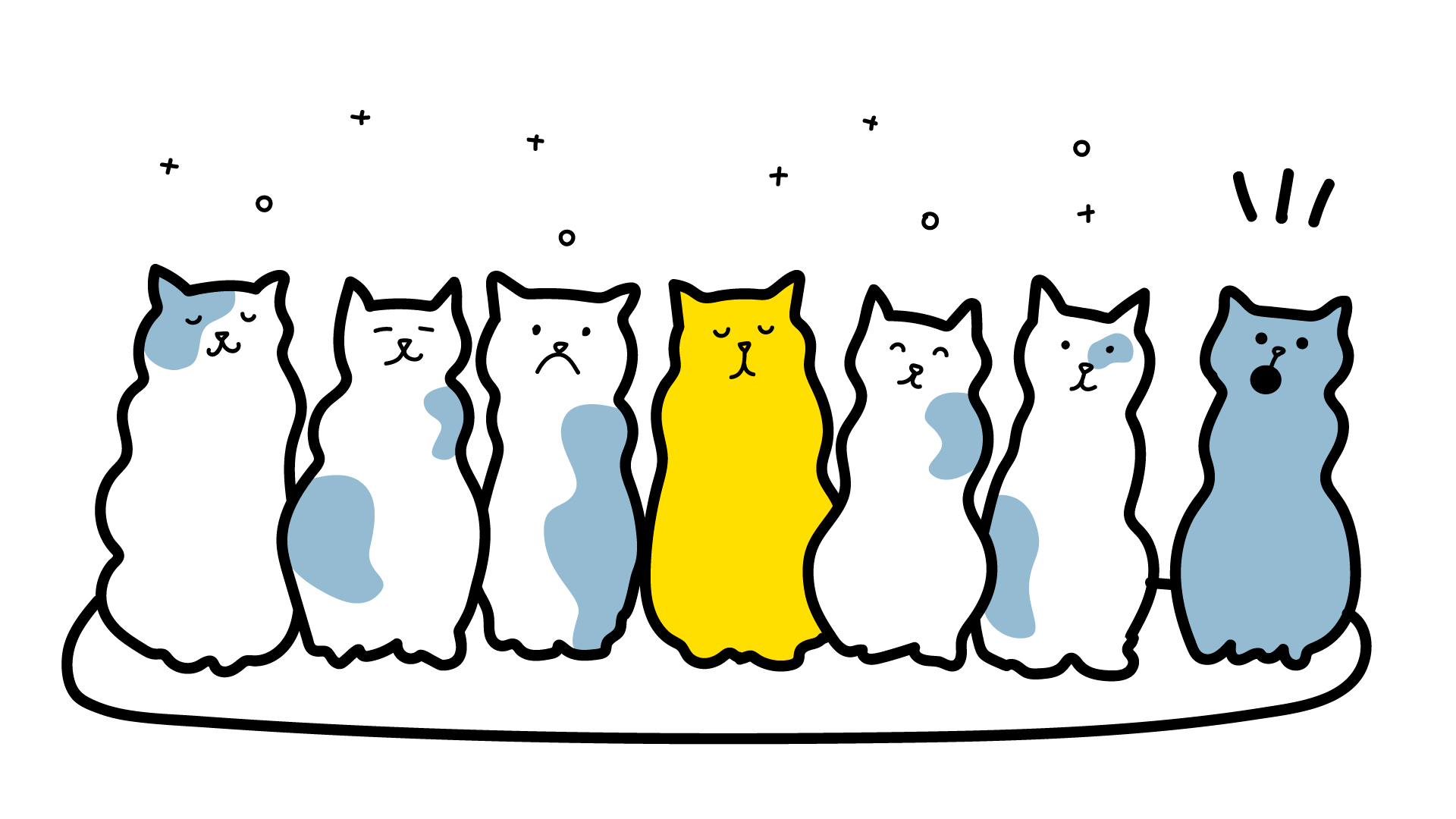
Russian medicine used equally radical methods, especially if depression became severe and the patient ended up in a psychiatric ward. According to Zinoviy Kibaltits, the chief of the Moscow psychiatric hospital in the first half of the 19th century the treatment in his hospital was as follows: “Regarding the melancholic lunatics, prone to mental despondency or tormented by fear and despair and so on, the cause of these ailments seems to be in the underbelly and impacts their mental capacity. They are treated as follows: with emetic tartar (antimony potassium tartrate), vitriolated tartar (potassium sulfate), mercuric chloride, camphor solution in tartaric acid etc. Henbane, external rubbing of the head with emetic tartar, application of leeches to the anus, using blister plasters made of Spanish fly or other similar remedies. In the winter, warm baths are prescribed, and in the summer — cold baths. We often use moxa on head and both shoulders, and make burns on arms.” If this did not treat the patients from melancholy, after it they at least had good reasons to be in this state…
Cocaine, Cocaine, Cocaine
Sigmund Freud, who actively experimented with cocaine in the mid-1880s (primarily on himself), was especially advocating this ‘treatment’. He published a number of articles on cocaine in medical journals, and at first considered it a treatment for almost all diseases — from melancholy to alcoholism, digestive disorders, and sexual problems. “The psychic effect of [cocaine] consists of exhilaration and lasting euphoria, which does not differ in any way from the normal euphoria of a healthy person,” he rights in his article On Coca, praising cocaine. “One senses an increase of self-control and feels more vigorous and more capable of work.” He adds that it seems that the mood caused by taking cocaine is due to not the stimulation itself, but the elimination of the physical factors that cause depression.” The medical community will start speaking about the dangers of cocaine only several years after, but people will continue to use it as medicine for several more dozen years.
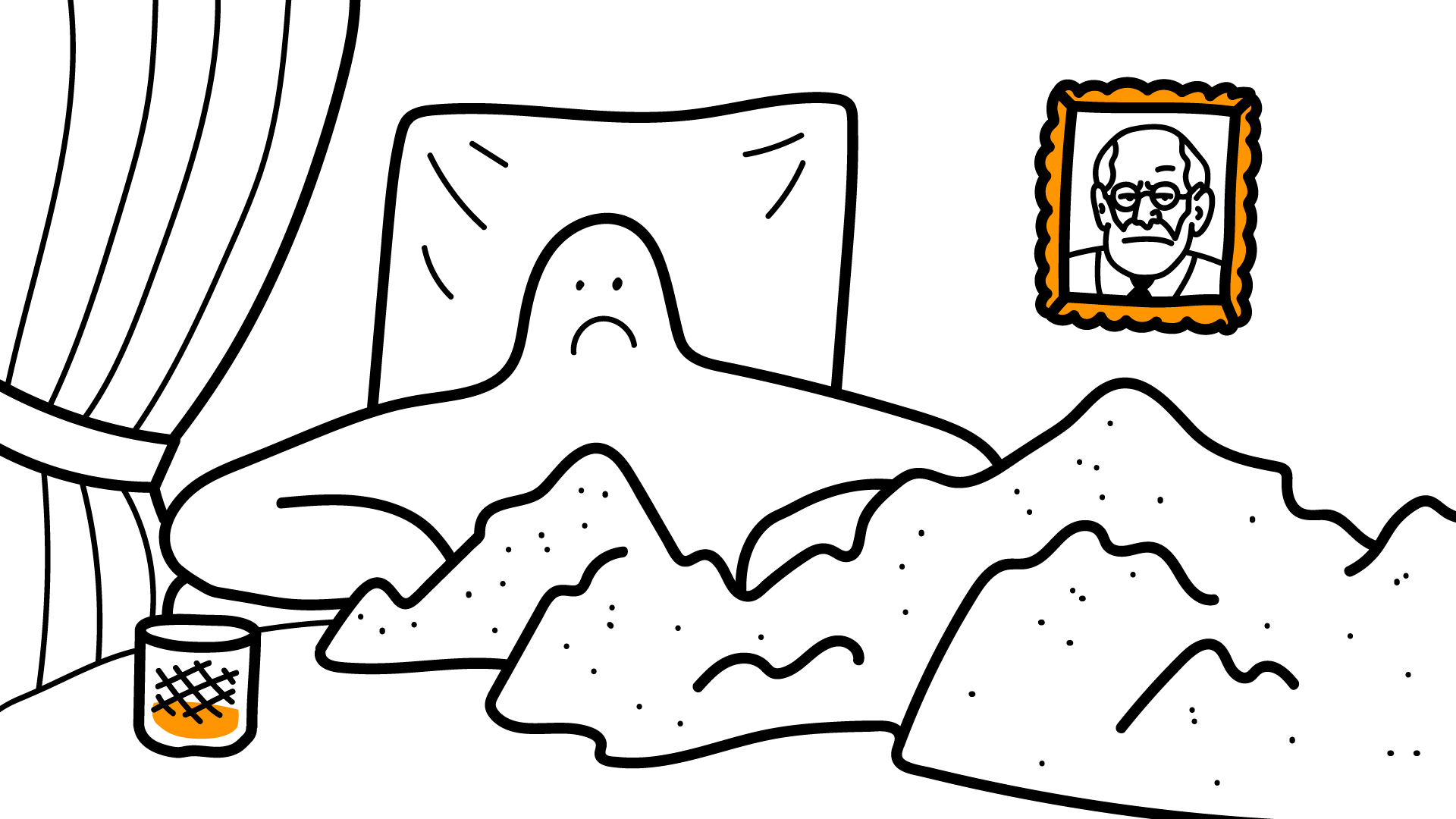
It is interesting that many of the recommendations made by doctors from the past correspond with the advice given by their modern colleagues. Hippocrates was especially close to the truth: today patients with depression are also prescribed to limit their alcohol intake, avoid doing sports excessively and eating heavy food. The work by Evagrius Ponticus also got some of the facts right: modern studies show that depression indeed fluctuates throughout the day, and is the most intense in the morning. Marsilio Ficino’s recommendations on sunbathes were also confirmed by modern psychology: it is proven that better illumination in the rooms can influence the emotional state of people who live there, and light therapy became a rather popular way of treating depressive states. However, in general, the treatment of depression became much less traumatic in our days.






